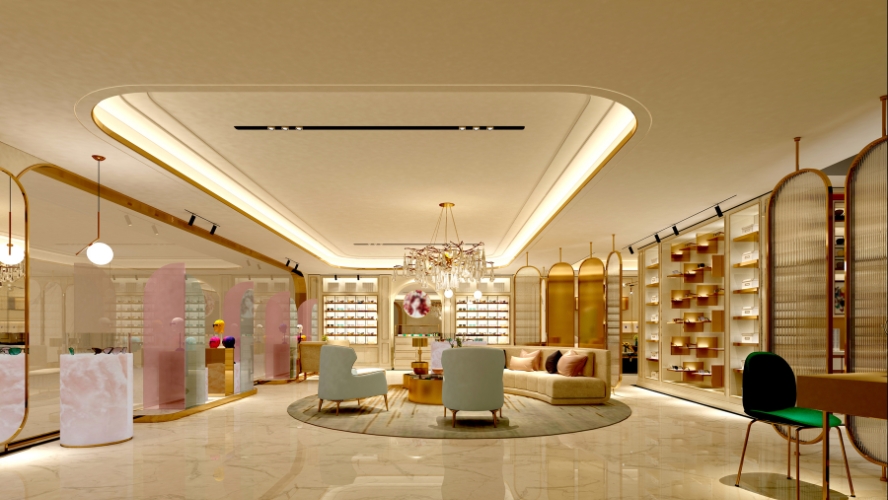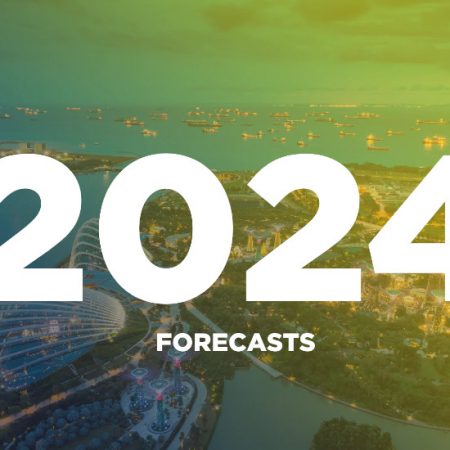Were Mark Twain able to witness the state of global retail today, he might well announce that reports of its death are greatly exaggerated.
Certainly, out-of-town shopping centres, online shopping and the global pandemic have all hit traditional city centre retail hubs hard. But the high street is not dead; it is far more nuanced than that.
While challenges remain for physical retail, primarily due to the growth in online shopping, it’s secondary and tertiary retail destinations that are feeling the brunt of this, as evidenced by their relatively high vacancy rates. Prime mass market retail destinations, on the other hand, have seen a resurgence in the past six months. This follows the recovery in prime luxury destinations that characterised the lifting of lockdown restrictions.
Oxford Street, London’s premier mass market destination, is a case in point. Although footfall is currently about 20% down on pre-pandemic figures, partly due to fewer commuters, recent comparisons are more positive. Footfall is up around 30% year-on-year at the eastern end, which benefits from the opening of The Elizabeth Line at Tottenham Court Road. Oxford Street west, close to the new Crossrail station at Bond Street, is up by 7%.
There have been similar improvements across a number of prime mass market high streets across Europe. The Champs-Élysées in Paris has seen footfall on some parts of the street increase by 102% year on year, pushing it 23% above pre-pandemic numbers. Amsterdam’s Leidsestraat (up 55% year on year), Milan’s Via del Corso (up 49%), Madrid’s Gran Via (up 44%) and Berlin’s Kurfürstendamm (up 31%) are all prospering too.
The return of consumers is also being mirrored in the return of retailers. Oxford Street’s vacancy rate fell 10 percentage points over the course of 2023 and is now at pre-pandemic levels. Likewise, Madrid’s Preciados has zero vacancy (at time of writing) having been at 5.0% in March 2020. And while there are short-term challenges in some regions, with weaker consumer confidence in the US and China generating occupier uncertainty, retailers’ longer-term confidence in prime retail destinations is on the up.
The combination of falling vacancy rates and improving occupational demand has prompted rental growth in some markets; across Europe’s prime mass market flagship streets rents grew by an average of 2.5% year-on-year as of Q3 2023. Eight of Asia Pacific’s 14 key retail city destinations reported YoY growth as of Q2 2023 in prime retail occupancy costs, with Singapore leading the trend. Average rents in Orchard Road are projected to rise by 3% to 5% YoY in 2024, on the back of increased tourism.
But, what is drawing brands back to physical retail destinations?
Post-pandemic appetite for in-person shopping
Geopolitical turmoil, the cost of living crisis and high inflation will continue to challenge the retail sector in the short term. But after Covid-19 forced people to be more solitary, their desire to do things in person again cannot be underestimated. To see, touch, hear and smell – and to interact with other people – is once again a fundamental part of the shopping experience.
As in the travel sector, people are seeking the ‘experiential’. What these experiences are, and how they are delivered, is becoming ever more immersive and sophisticated to attract all generations back to the high street.
For more premium brands, having a physical presence – a place where customers can see and feel the product – has been key to justifying a higher price point. This has driven online brands’ recent adoption of physical space.
Rebased rents
Even before the pandemic, prime mass markets were feeling the pinch. Drifting spend online prompted brands to reduce their physical store footprints, which led to reduced demand, particularly for large stores, on key streets and shopping centres. Ultimately this led to falling rents across a number of locations, a trend that was exacerbated by the pandemic.
Fast forward to 2022, when international tourists were returning and consumers were showing a clear preference for in-person experiences. This, coupled with the profitability challenges facing online retailing, meant brands started to look more favourably at physical stores – especially as the cost of occupying these spaces was lower than in 2019. For independent retailers and brands, this was an invitation to take up space in prime retail destinations. For large international brands, it was a chance to upsize in key markets. Zara’s new 90,000 sq ft store on New York’s Fifth Avenue is a prime example.
Rethinking space
Every brand uses space differently. But space requirements have become more nuanced. While brands like Zara have been looking to upsize stores for an all-encompassing experience, others are looking to smaller formats in order to reach customers in new, underserved markets, particularly where the availability of large flagship units is limited. H&M, for example, is launching more compact, concept stores of around 8,000 sq ft in specific neighbourhoods or on prime shopping streets.
Retail is increasingly becoming part of a bigger picture of mixed-use development, too. The former Debenhams site on Oxford Street has been cleared to make way for a new building with retail, leisure and flexible office space. In Düsseldorf, the mixed-use concept is being taken further. The New Heart, designed by UNStudio, will combine retail, and food and drink spaces with medical, cultural, residential and offices, serving all daily needs in one place.
Online brands get physical
For a number of retail destinations, rising occupational demand has been driven, in part, by an increase of online brands making the leap to physical stores. While many have experimented with pop-up shops over the past 5-10 years, the real change has been a more committed approach, with longer-term leases.
Fashion brands Sezane and Manière De Voir, as well as Amazon Fresh and fitness brand Gymshark, are among recent e-commerce faces to adopt a more committed approach to the high street.
Lower rents, combined with the opportunity to engage more completely with customers, have been major pulls for online brands considering physical space. For premium brands, the ability to increase their price point through an omnichannel strategy has also been key.
But there have been significant push factors too. Most notable of these is the increase in online customer acquisition costs. Attracting customers through advertising on the likes of Google or Facebook doesn’t come cheap – and then there’s the small problem of retaining engagement when you have no physical interaction.
Another factor is the high cost – and environmental impact – of home deliveries and returns. Returns alone are estimated to cost e-commerce retailers globally $60bn a year.
Online retailers’ desire for physical space is clearly indicative of the pulling power of high-street destinations and the value they bring.
To read our latest European Retail Market Report, click here.


